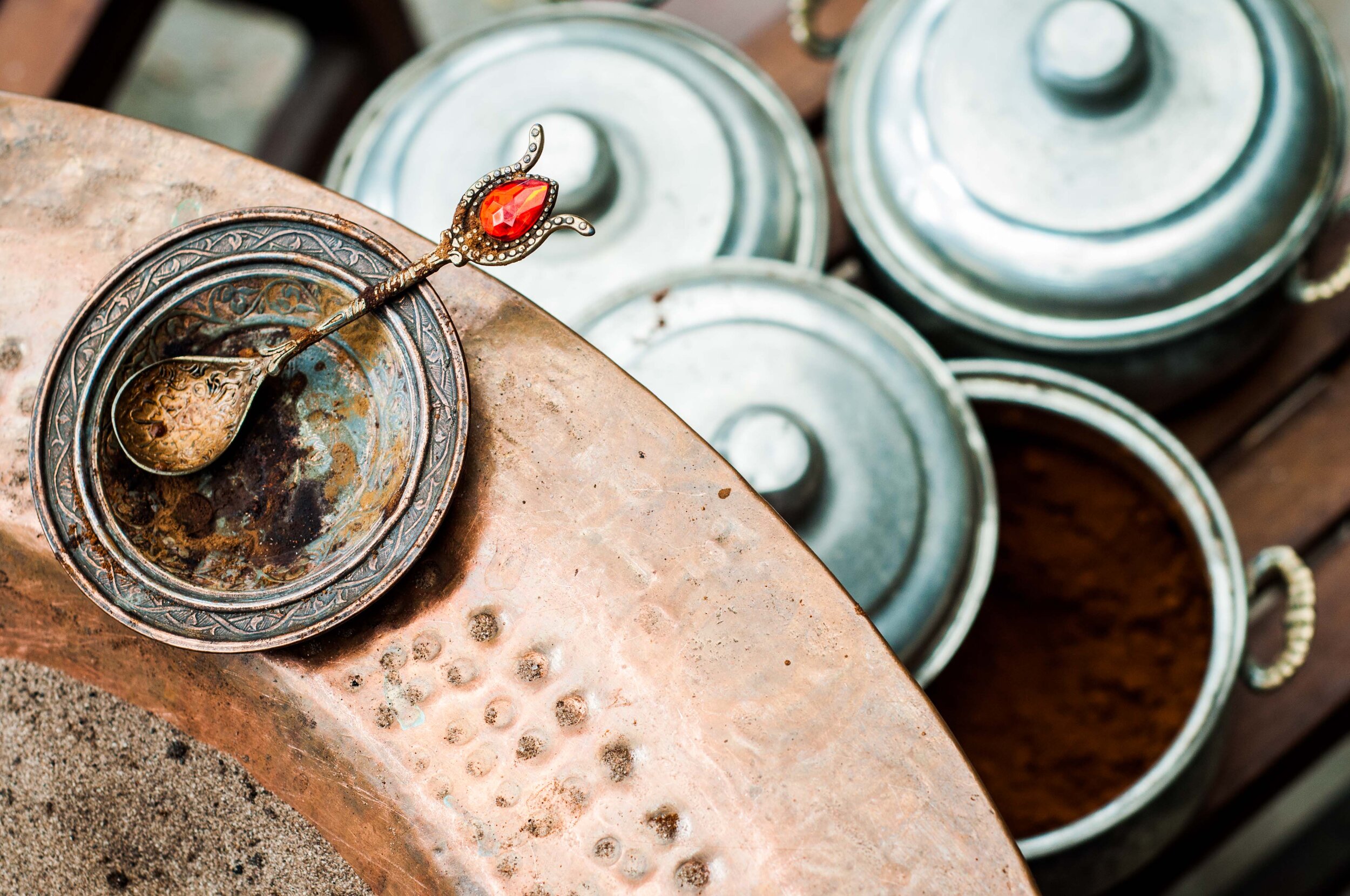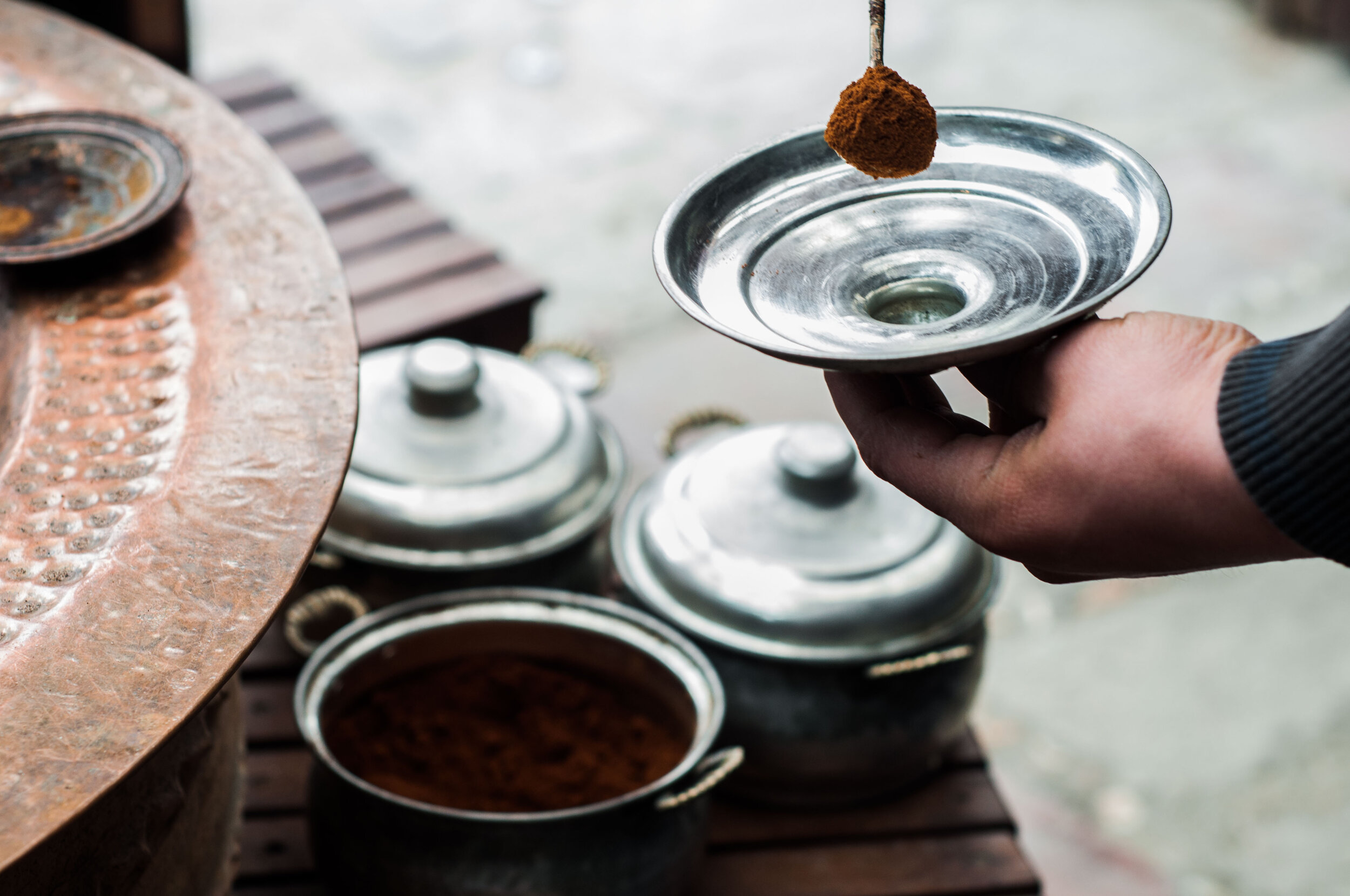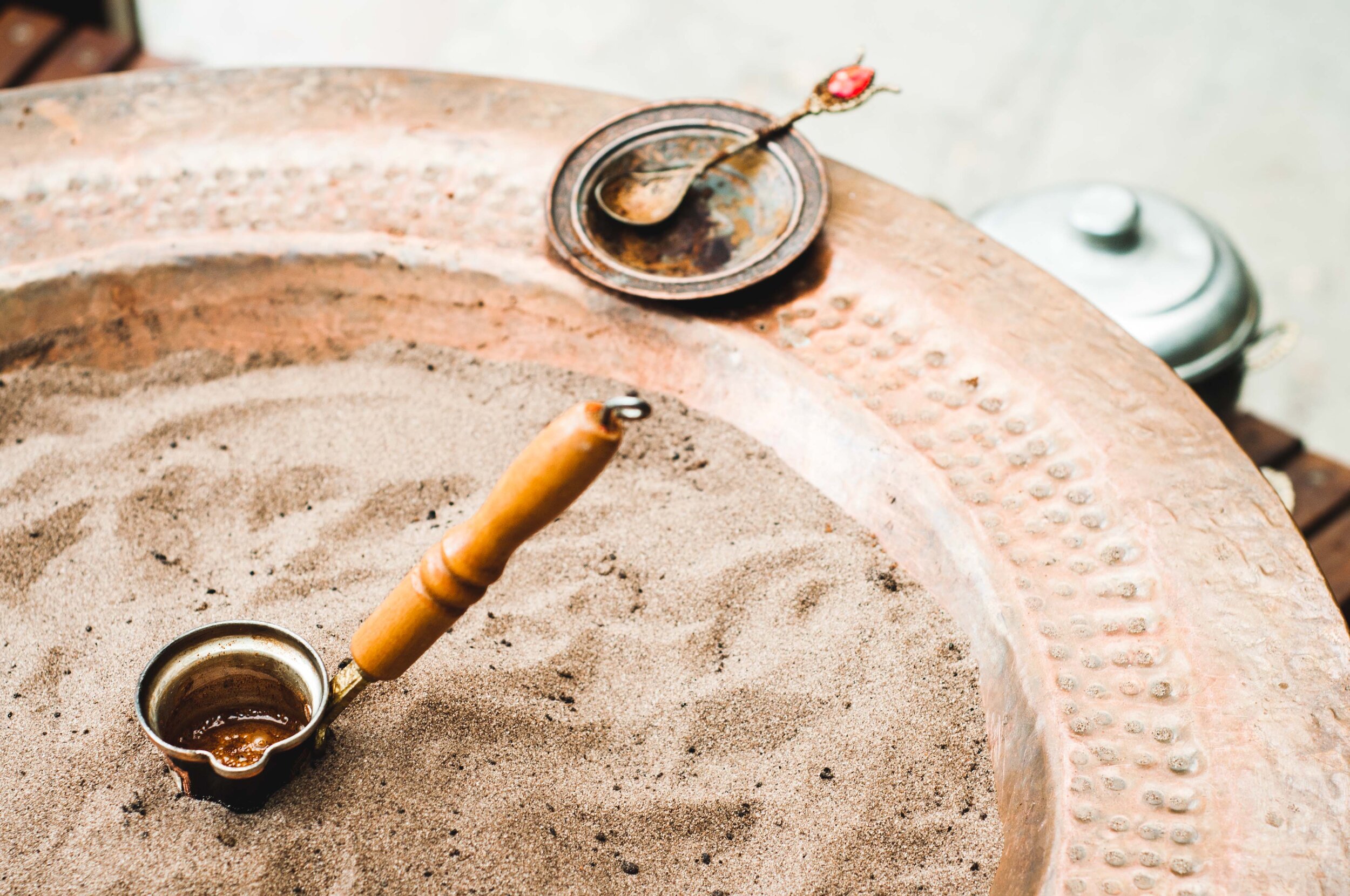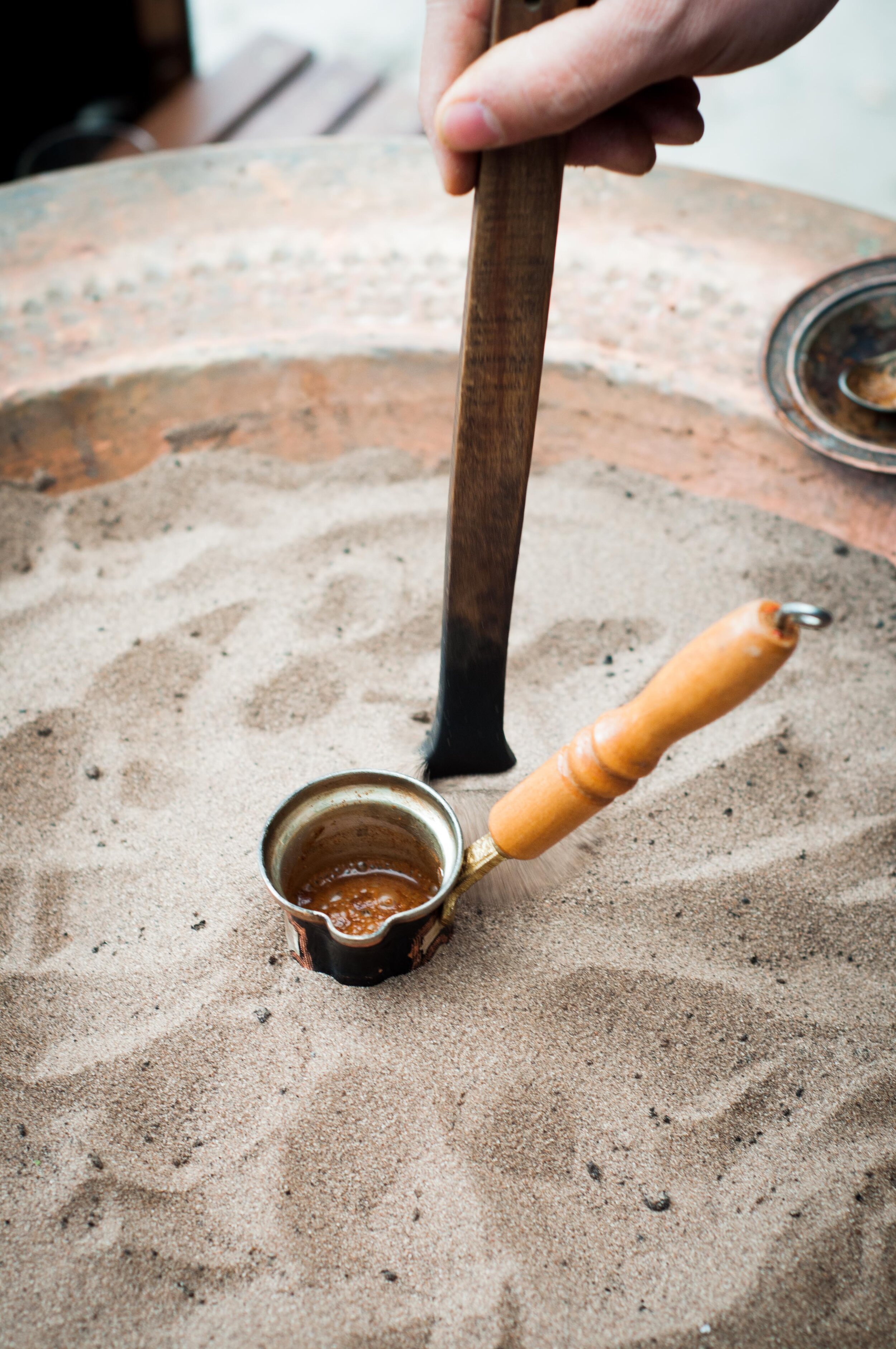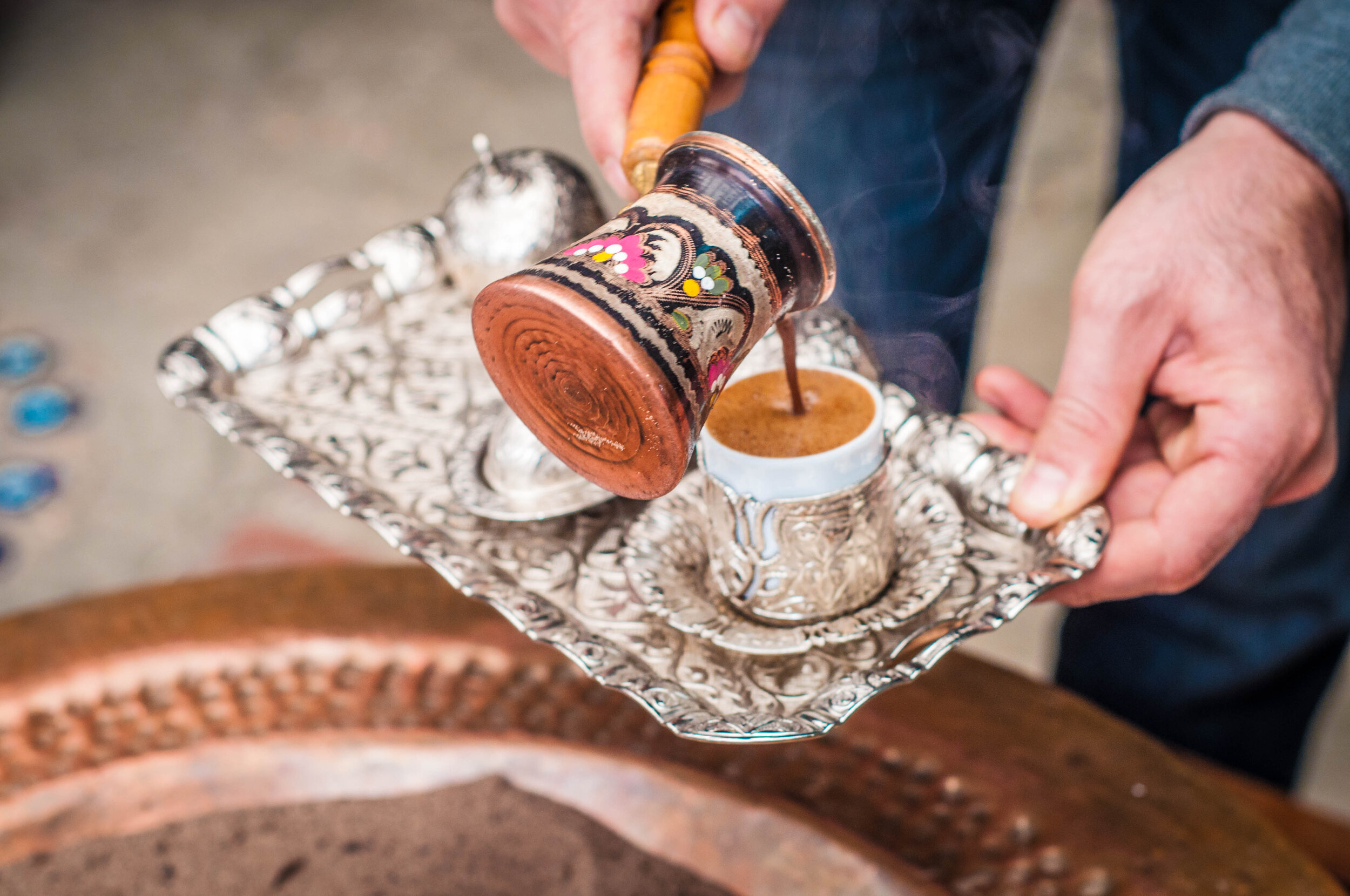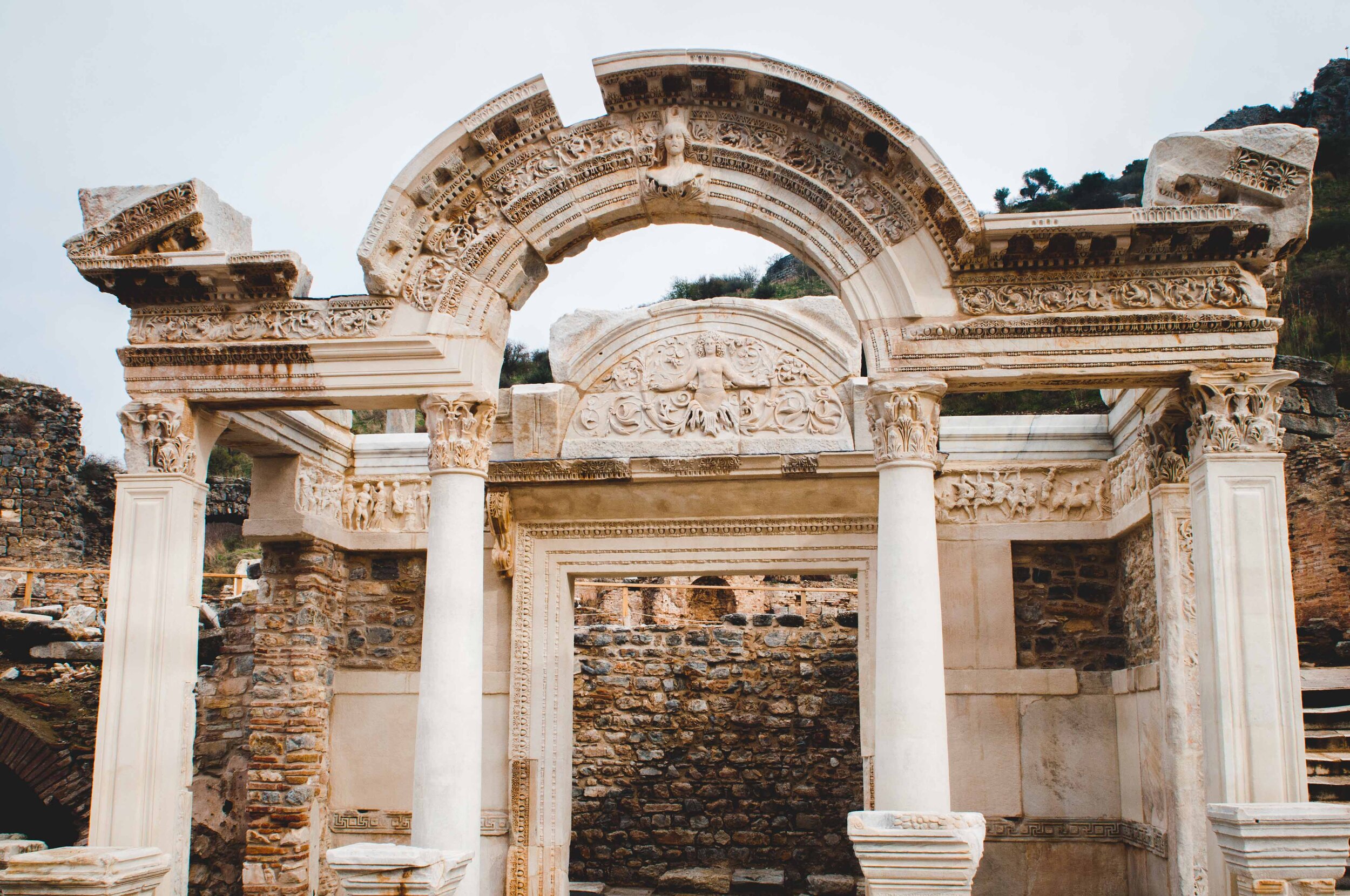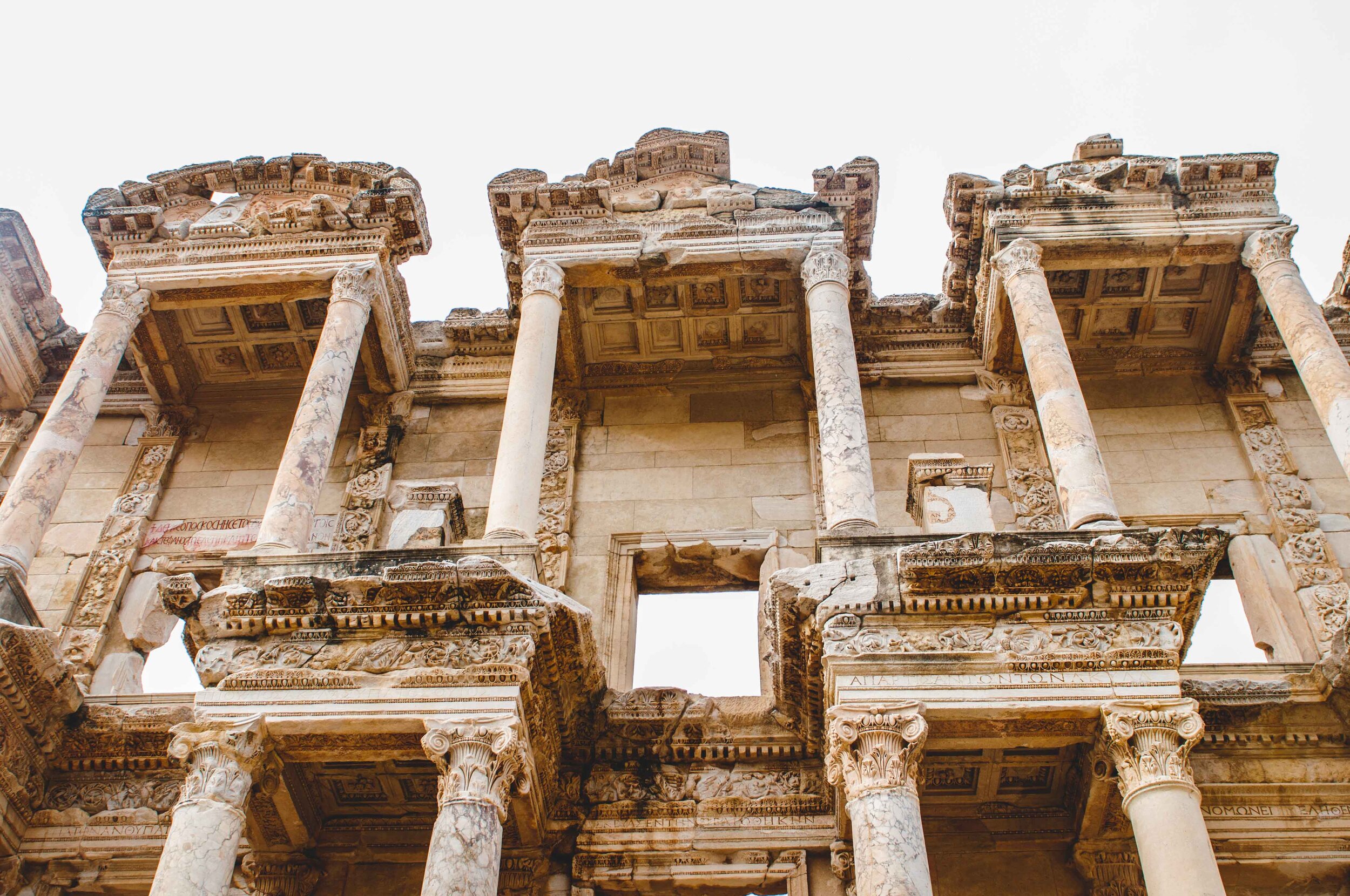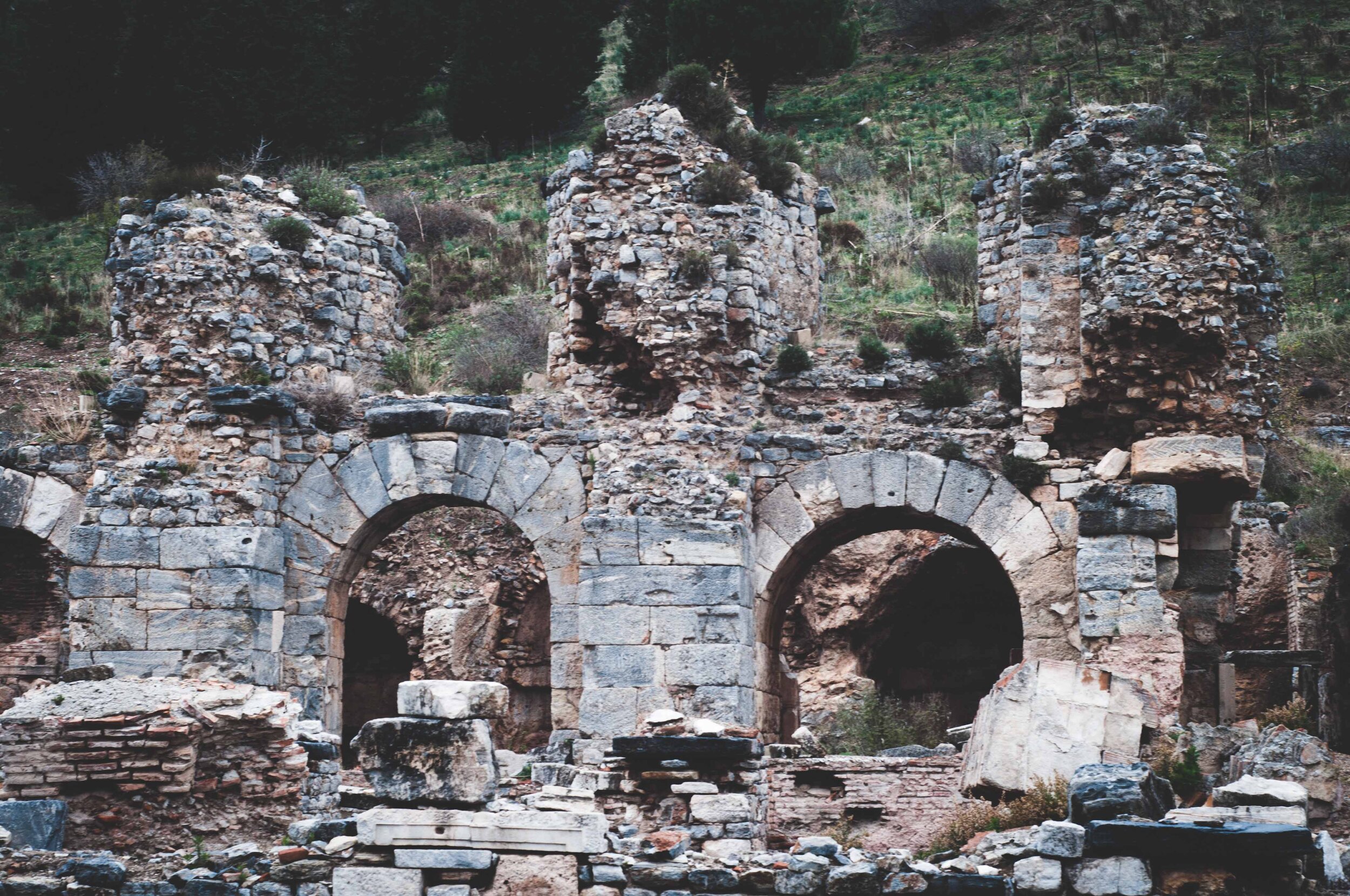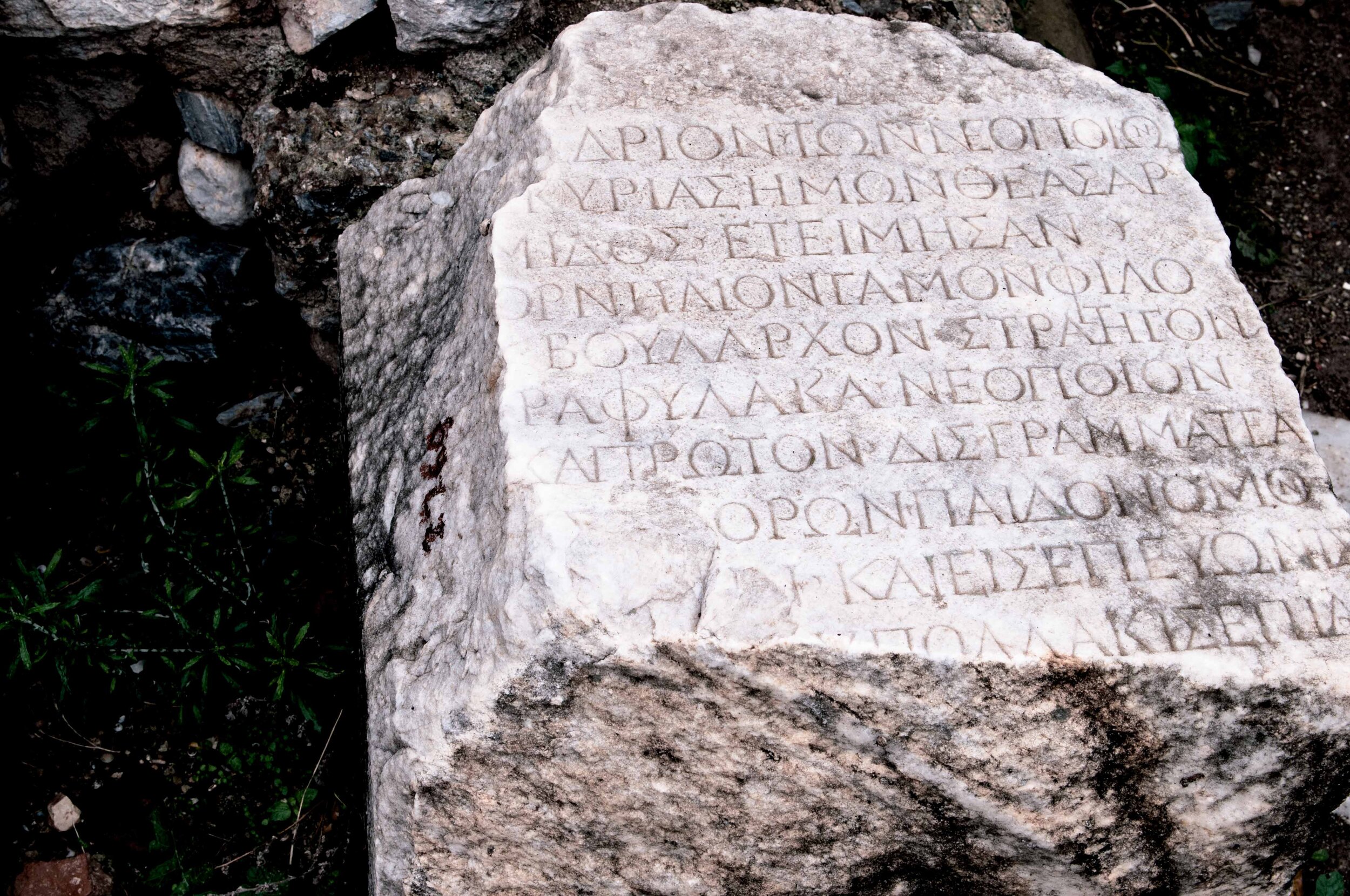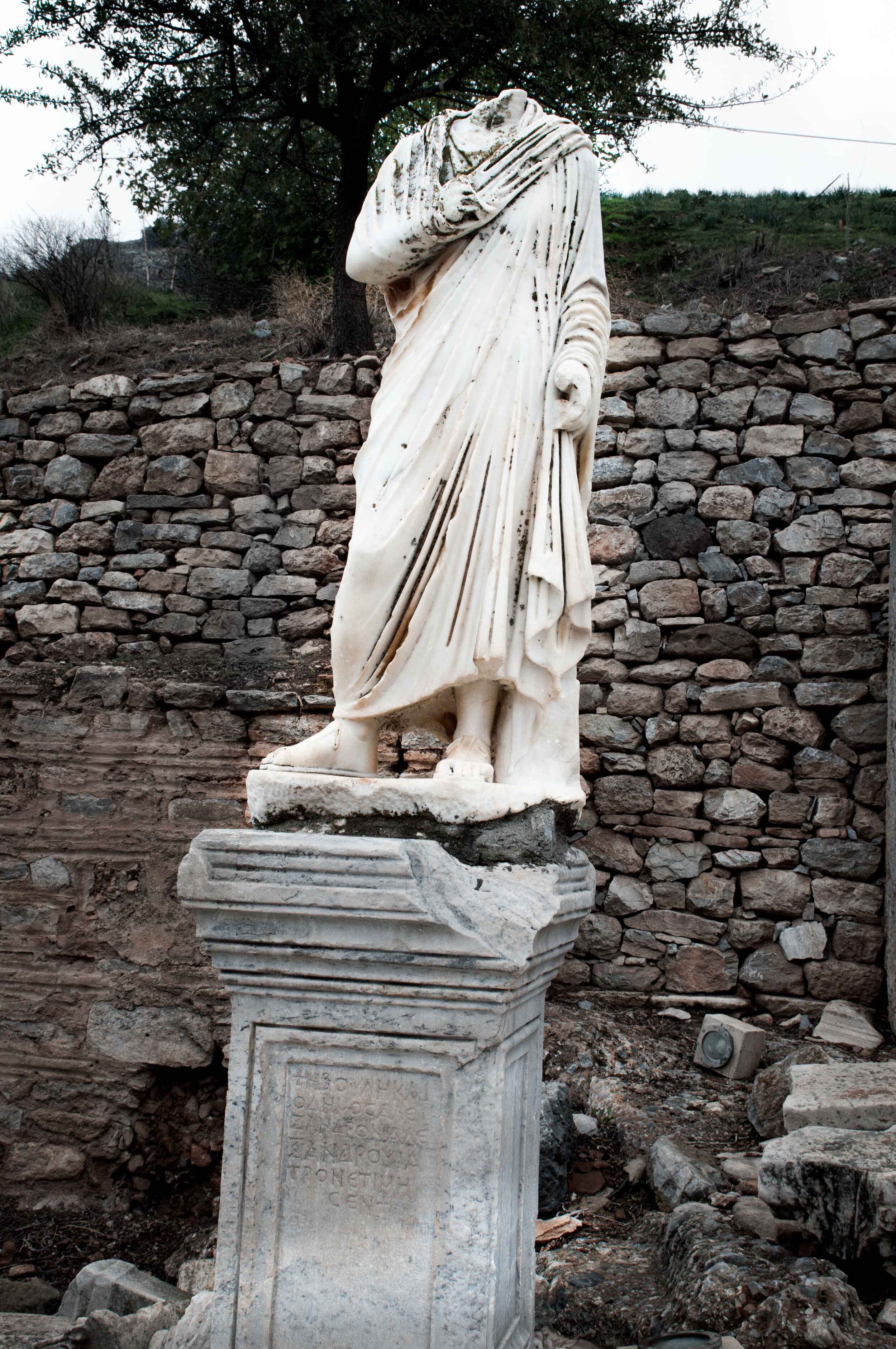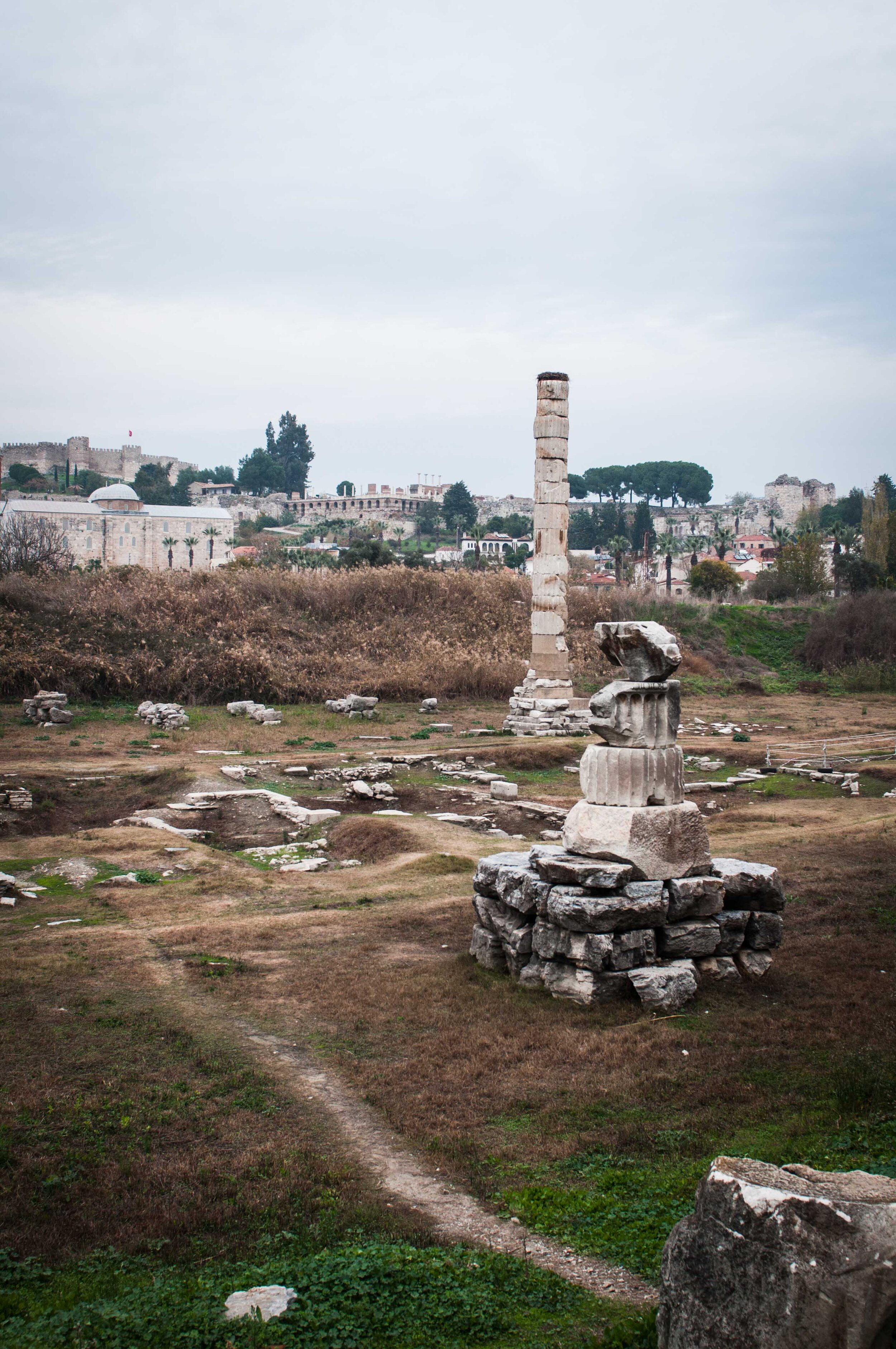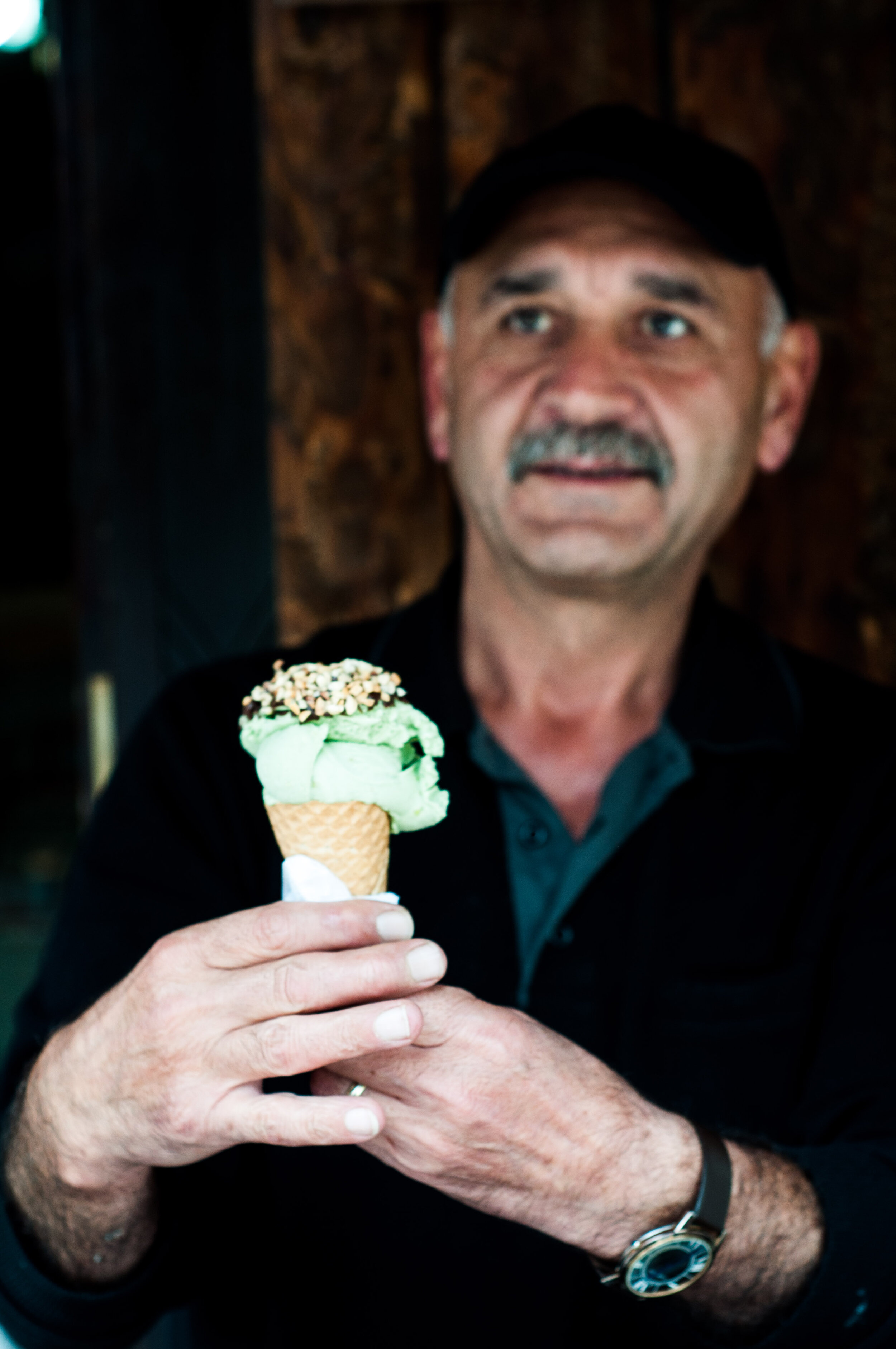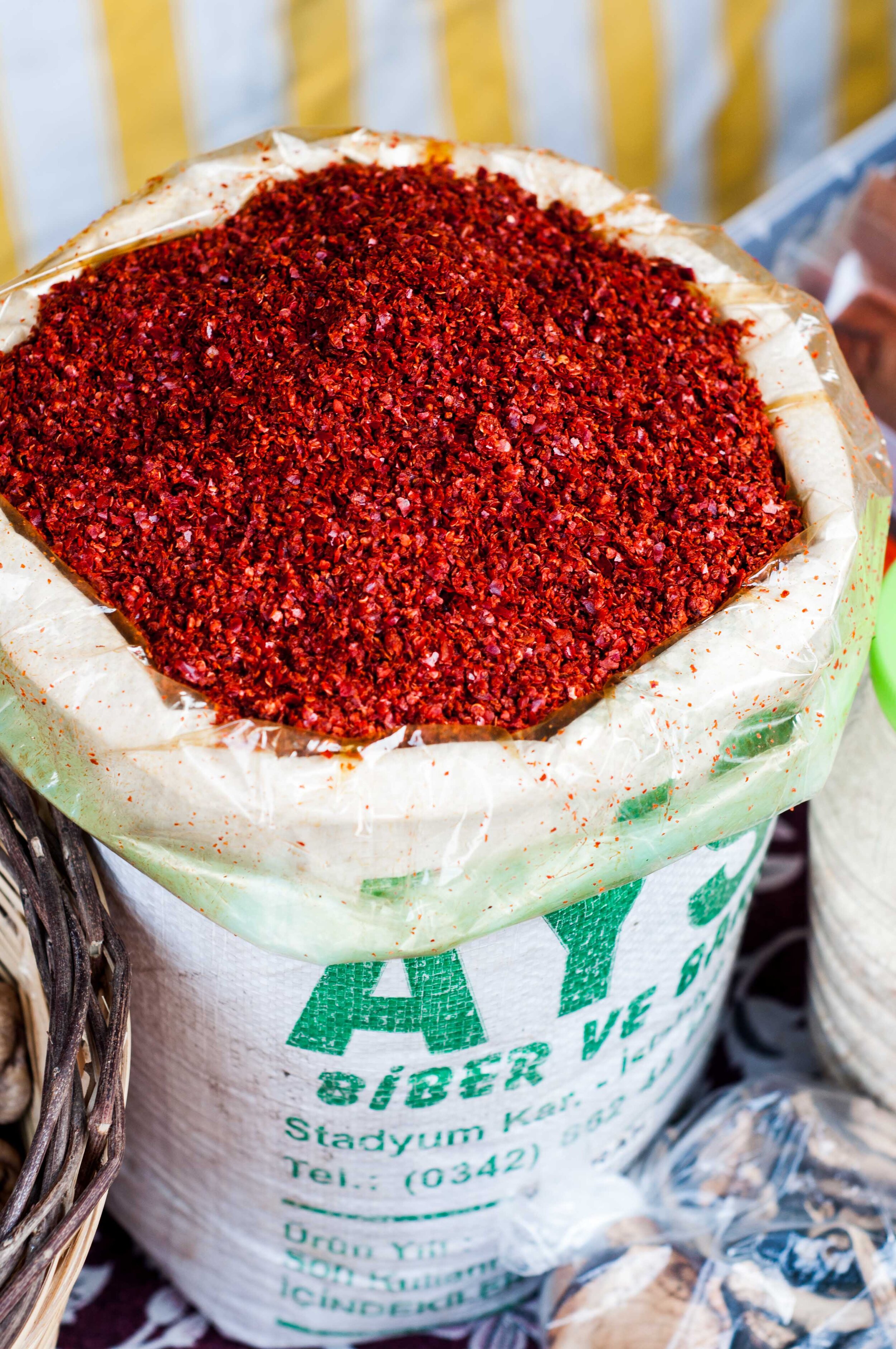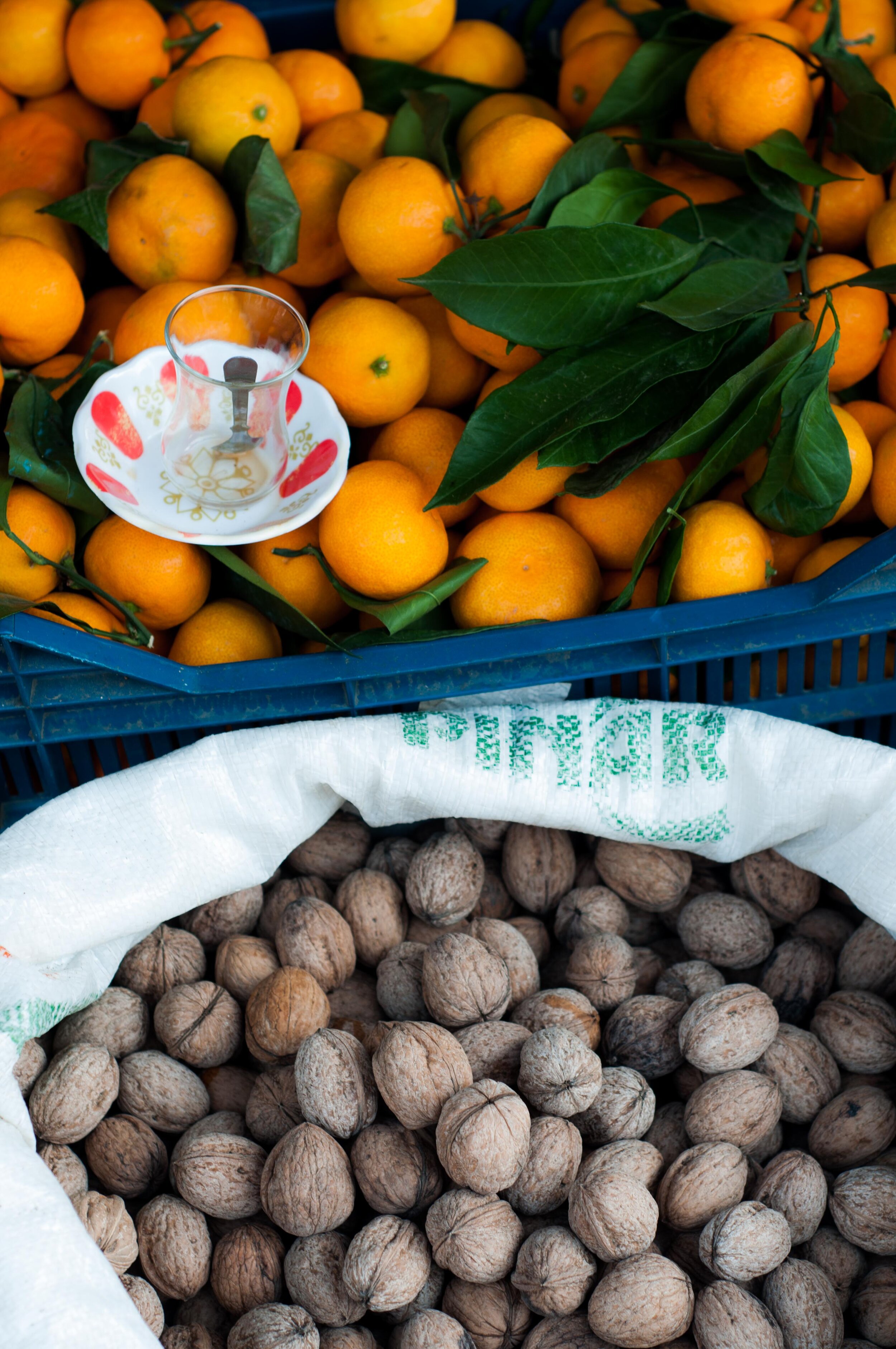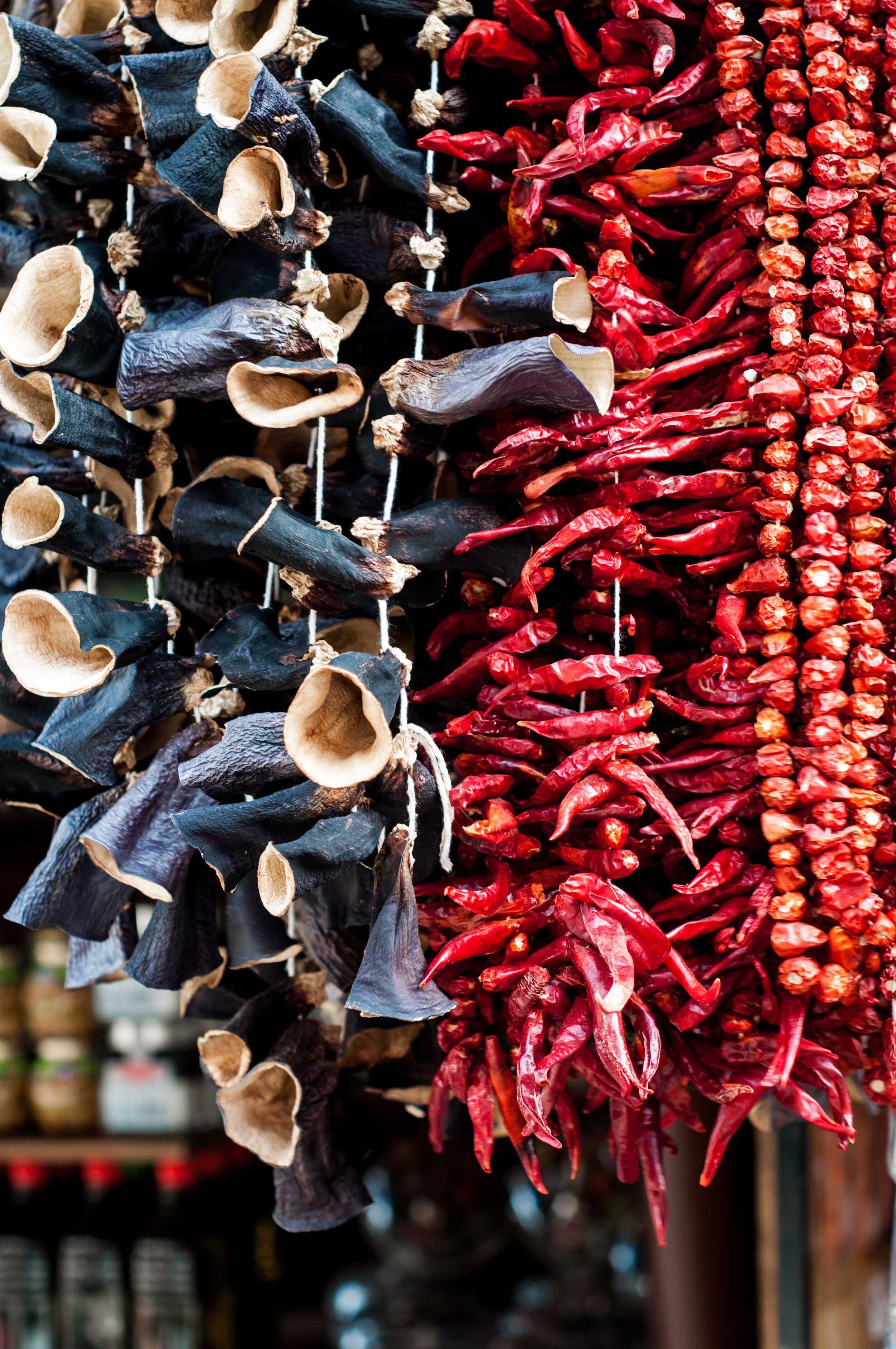In New York, it is not hard to find a place that serves Turkish coffee, a rich, fragrant almost syrupy pull distinct for the settling grinds at the bottom of the cup and the unique cooking vessel in which it is brewed. However, nowhere do you find the process or the culture associated with this unique brew - one of communality and warmth.
Over the last few years, coffee has developed in to a cult symbolism. Coffee drinkers fall in groups of the Functional, those who frequent any source of caffeine potentially without regard for flavor, the Discerning, those who are particular about the beans as much as the brew, and, the Passionate, those who are intimately knowledgeable of the coffee supply chain, roasting process and brew methods!
While there may be much defensiveness and posturing experienced along this spectrum, one attribute that cuts across all the personalities is of coffee as an individual pursuit. Yes indeed, the drinking of the beverage often happens in a group situation but the coffee unlike food rarely inspires collaboration beyond the consumption. Where one may gather around in the kitchen and share in the cooking process anywhere from the prep to plating or sit by the bar watching the mixologist creating colorful magic or even watch the steeping of tea leaves with avid interest in a communal tea pot, there are rare instances of such shared experiences and togetherness with coffee.
On a recent visit to Turkey, I had the pleasure of enjoying the traditional way in which it is brewed even today. No matter the medium of heat, the the process is neither solitary nor hastened, yet is very simplistic with most basic of cooking tools. Coal or heated sand is used to cook the coffee with water and the only tool used is the distinctly shaped vessel with the long handle.
But, beyond the technicalities, it is the ritualization of the process that struck a chord in me. The making of a traditional coffee is a communal process. It is neither an individual brewing experience nor one done in bulk. But, rather it is a many to many process. Coffee is cooked in individual vessels but as many vessels as people gathered are placed on the medium of heat.
Just like a slow cooked stew, the coffee is constantly stirred and fussed upon while every one participates in the social activity of taking a coffee break. It is no more a simple sipping of the brew but a immersive and collaborative experience of the entire process. Finally, the brew is always served with a side of clear water and Turkish Delight; a balance of sweet and rich, bitter washed down with water as a cleanse.
Performed as such a ritual, the experience of coffee represents many things from friendship to welcome to gratitude to warmth.
It is at the heart of it, a signal to slow down your day, indulge in the moment and re-connect with your friends in a much more deeper and engaging way.
In Selçuk, in Western Turkey,
you will be treated to the experience of a Turkish coffee cooked in sand bath. A large copper plate filled with sand and heated from the bottom is the heat source. The sand is always warm and heated when coffee needs to be prepared.
The best way to experience an authentic coffee experience is to step away from big cities, into little towns, find a market and spark a conversation with a local. They are more than happy to welcome you and give you a glimpse of their everyday lives.
Selçuk is a small town near Izmir, known as the gateway to Ephesus wherein is the remains of the Library of Celsus. Near Selçuk, is a lone marble column that is the remains of the Temple of Artemis.
To get there, you take a ‘shared’ bus from Izmir bus depot. There are no printed time tables, just approximate times. You get there, find a bus (it is a fairly busy route for locals), that you share with mostly locals, and casually make your way through the ruins. It is not often that you find tourists in Izmir, so you may end up, like me, picking up friends as much as history along the way.
LIBRARY OF CELSUS
The Library of Celcus in the Izmir province of Turkey is an architectural marvel and only remaining structure of the great libraries of the ancient world. In other words it’s a very old wonder ☺️ Part of the Roman Empire it was the 3rd largest library after the ones in Alexandria and Pergamum.
And, why is it named Celsus?
Because - Celsus is buried in a crypt beneath the library in a decorated marble sarcophagus.
From Wikipedia - “Celsus' family most likely became citizens of the Roman Empire under the reign of the Roman Emperor Tiberius (14–37 CE), as he is named after Tiberius, which may have been to pay homage to the Emperor. The library operated as a public space for the city from its completion around 117–135 until 262 CE. The main floor functioned as a reading room, lit by abundant natural light from the eastern windows. Shelves or armaria set into niches along the walls held papyrus book rolls that visitors could read, though borrowing would not have been permitted because copies of books were rare and labor-intensive to produce. Additional scrolls may have been held in free-standing book boxes placed around the room, in which case the library would have had a holding capacity of up to sixteen thousand scrolls.
The interior and contents of the library were destroyed by fire in 262 CE, though it remains unknown whether this fire was the result of natural disaster or a Gothic invasion, as it seems the city was struck by one of each that year. Only the façade survived, until an earthquake in the 10th or 11th century left it in ruins as well. Only the façade was rebuilt, while the rest of the building remains in ruin.”
Fortunately, my new friend was as interested and delighted by local markets and food as me. So, along with meandering through the ruins, we had the fortunate experience of carousing the markets.
Lest, you believe that only the Italians and the French are gallant, the Turks are no less charismatic and persevering! After a wonderful buying experience of locally handmade Turkish delights and hand picked oregano leaves, we were treated to this authentic coffee experience, much ado about our curiosity and a shy but proud sharing of their tradition.
If you find yourself in the region, I highly recommend buying the best known Turkish products not in Istanbul but in such little towns with their unburdened hold on tradition and authenticity.
A coffee vessel, one for each drinker, is placed in the hot sand, a generous measure of ground coffee and a measure of water is added and two mixed together. The vessel is heated by building a wall of hot sand around it. In a way, the coffee bakes in the water, infusing it with it flavor and the sand builds up the momentum.
The contents are constantly whisked and teased to boiling point as the sand around the vessel creates a hot bath for it. Once the water boils and rises to the top of the vessel, it is removed from the sand and poured into a traditional coffee cup. Turkish coffee sets are a jeweled art in of themselves. A tray for each person, carries a coffee cup resting in a silver filigree holder, another for the water and a small plate for the Delight.


